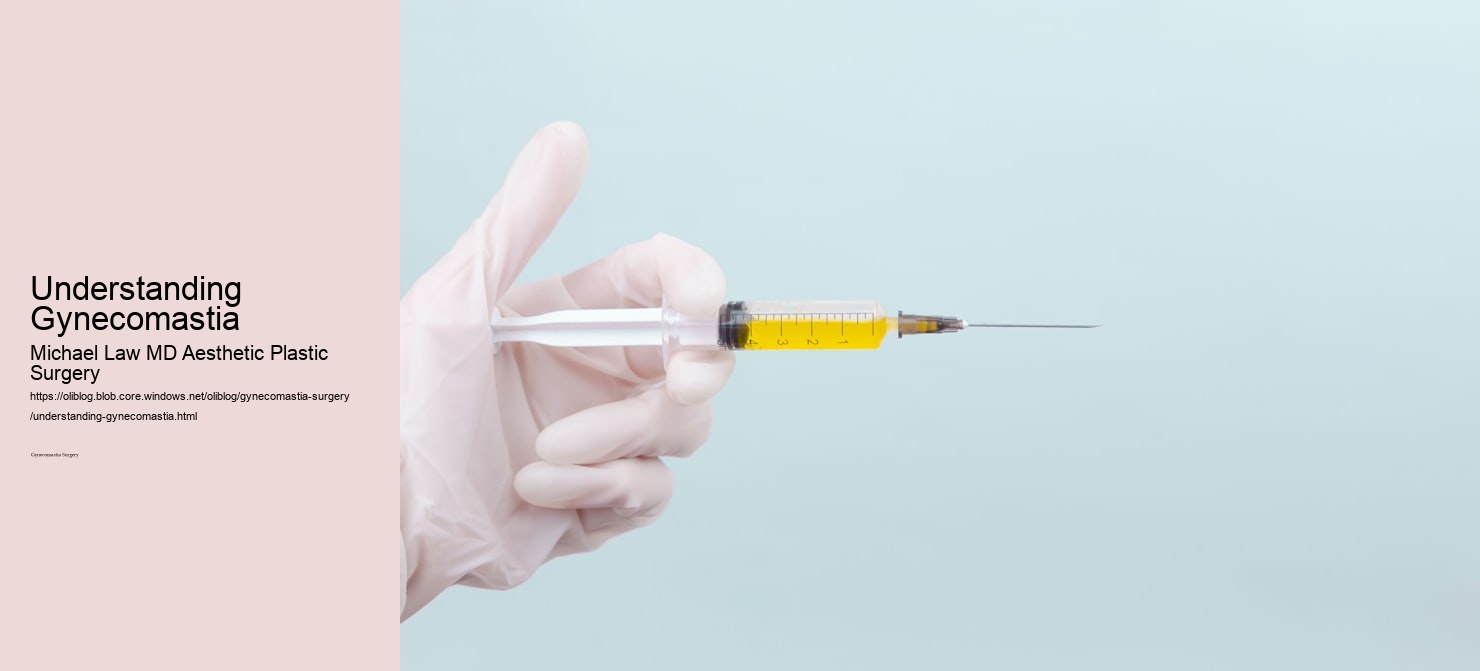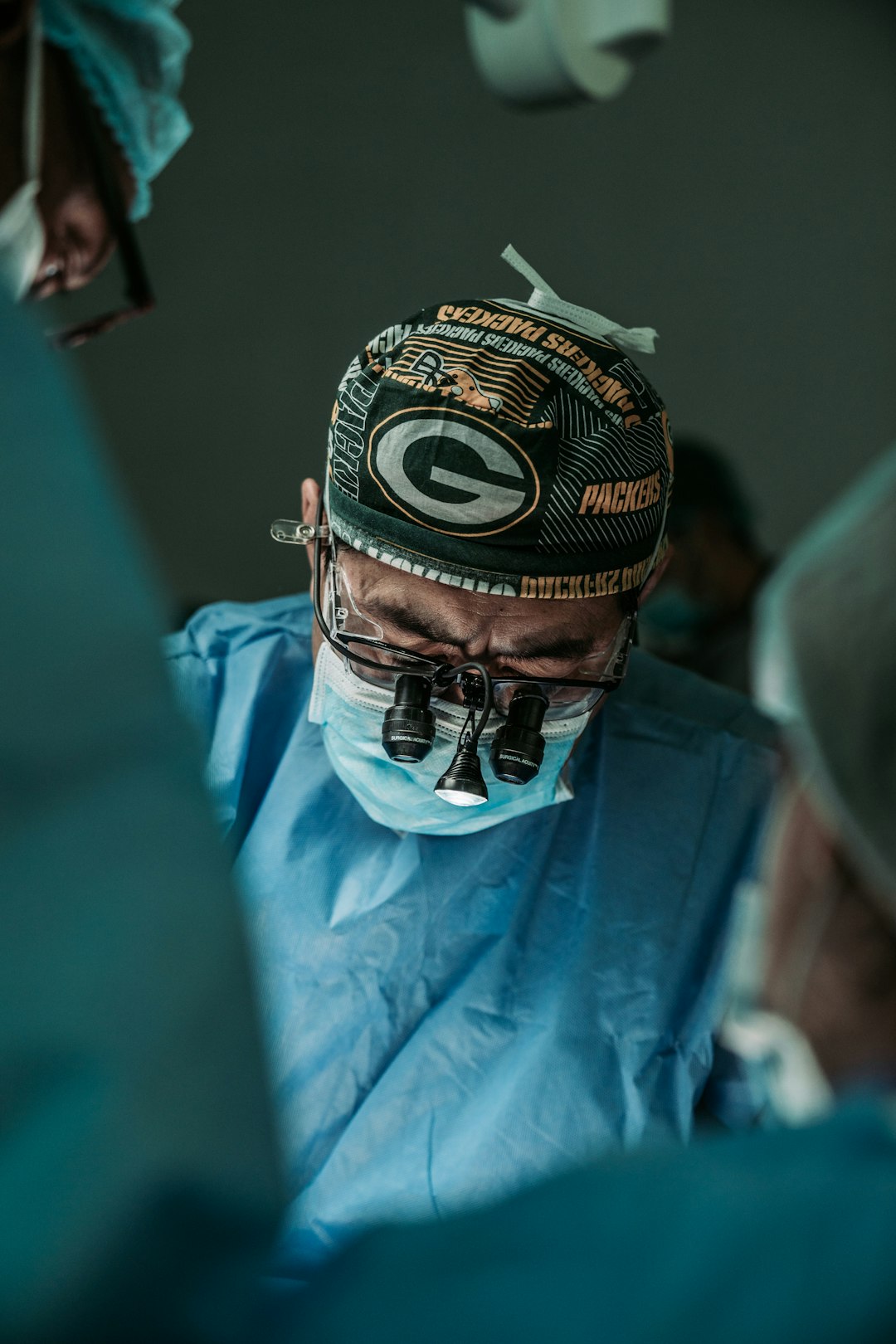

While the procedure is widely regarded as cosmetic, insurance coverage is limited. Postoperative care, including the use of silicone-based scar treatments and regular massage, further improves scar appearance over time. A compression garment is usually worn during the recovery period to reduce swelling, support healing, and promote skin retraction. During the consultation process, patients should expect a detailed evaluation of their condition, an explanation of surgical options, and a personalized treatment plan tailored to their needs and goals.
For those with combined glandular and fatty tissue, liposuction is often employed in conjunction with excision to sculpt the chest area and enhance the overall contour. This technique allows for precise removal of the excess tissue while keeping the scar discreet and well-concealed. Beyond the physical changes, gynecomastia surgery has profound effects on a patient's confidence and overall quality of life.
Many patients report feeling more confident and comfortable in their own skin after surgery. Weight loss may help reduce fat in these cases, but for many men, surgical intervention is necessary to achieve the desired results. Despite the financial considerations, many patients find the investment in gynecomastia surgery worthwhile due to the significant physical and emotional benefits it provides.
While weight loss can address pseudogynecomastia in some cases, surgery is often required for optimal results, particularly when true glandular tissue is present. Each case is carefully evaluated to balance the benefits of improved appearance with the potential for scarring. These surgeries address sagging or drooping of the chest area by removing redundant skin and repositioning the nipple-areola complex.
Patients often express concerns about whether gynecomastia surgery is covered by health insurance. Gynecomastia can manifest in various forms. In severe cases, where significant skin laxity or sagging exists, additional procedures may be required. Revisional surgery is another important consideration for patients who have undergone previous gynecomastia procedures but are dissatisfied with the results.
Factors to consider include the surgeon's experience, expertise, and commitment to personalized care. This renewed confidence often extends to social and professional interactions, making the decision to pursue surgery a life-changing step for many men. Severe gynecomastia cases, particularly those involving excess skin, may require more extensive procedures.
This method ensures discreet scarring while removing the tissue responsible for the enlarged appearance. This personalized approach ensures that the surgical plan aligns with the patient's unique anatomy and desired results. While it is not typically a health risk, the condition often causes significant emotional and social discomfort.
While many patients can resume light activities within a few days, it is generally recommended to avoid strenuous exercise or heavy lifting for several weeks. Many patients report significant improvements in self-esteem and quality of life. Gynecomastia may develop due to an imbalance between testosterone and estrogen levels.
The surgical treatment of gynecomastia is customized based on the severity of the condition and the patient's unique anatomy. For those undergoing more extensive procedures, recovery times may be slightly longer, but the improvement in physical appearance and self-confidence makes the process worthwhile. The psychological benefits often extend to improved interpersonal relationships and a more positive self-image.
While these procedures may result in more visible scarring, careful surgical planning and post-operative care can minimize their appearance. In some cases, gynecomastia results from external factors such as weight gain, medications, or the use of anabolic steroids.


Modern technologies, such as power-assisted liposuction, allow for precise fat removal and smoother results. While not harmful to physical health in most cases, gynecomastia often impacts self-esteem and quality of life. One significant concern among individuals considering gynecomastia surgery is the potential for visible scars. Similarly, stopping the use of medications or steroids that contribute to the condition may not reverse its effects, making surgery the most effective option.
The positive impact on self-esteem often extends to other areas of life, including relationships and professional interactions. Recovery from gynecomastia surgery is straightforward for most patients. Gynecomastia, commonly known as male breast enlargement, is a condition that affects a significant number of men.
Factors such as puberty, aging, certain medications, or underlying health conditions can contribute to this imbalance. It can occur due to hormonal imbalances, weight changes, medication use, or other factors. However, in rare cases where the condition is linked to underlying medical issues, partial coverage may be possible.
At Michael Law MD's practice, the focus is on providing individualized care tailored to each patient's unique needs. Patients with significant skin laxity or large-volume gynecomastia often benefit greatly from this comprehensive approach. In rare cases, treatment may be partially covered if the condition is linked to a documented medical issue.
Patients are encouraged to discuss their specific circumstances with their insurance providers to explore any potential benefits. A compression garment is worn to support healing, reduce swelling, and improve skin retraction. In cases of severe gynecomastia where significant skin laxity exists, additional procedures may be required to remove excess skin. Revision surgeries focus on correcting these issues, often using advanced techniques such as fat grafting or scar revision to achieve a more aesthetically pleasing result.
This approach involves removing the tissue through a small incision along the lower border of the areola, leaving minimal visible scarring. Common issues include residual breast tissue, contour irregularities, or unfavorable scarring. For patients requiring more extensive corrections, the decision to proceed with skin excision is carefully weighed against the aesthetic outcomes.
A compression garment is worn to reduce swelling, support the healing process, and improve skin contraction. Minimizing scarring is a priority in gynecomastia surgery. While these procedures may result in more visible scarring, careful surgical planning and advanced post-operative care minimize their impact.
Unfortunately, most insurance providers categorize this procedure as cosmetic, excluding it from coverage. Expertise, experience, and a focus on individualized care are essential qualities in a plastic surgeon. For patients considering gynecomastia surgery, understanding the procedure, its outcomes, and the recovery process is essential.

Common issues include residual tissue, irregular contours, or overly aggressive tissue removal leading to a deflated appearance. Many men describe feelings of freedom and self-assurance after surgery, allowing them to participate in activities they previously avoided, such as swimming or wearing fitted clothing. Choosing the right surgeon for gynecomastia surgery is essential for achieving optimal results.
This condition can range from minor swelling around the nipple to a more pronounced, feminized chest appearance. These include techniques to remove excess skin and reposition the nipple-areola complex to create a more masculine chest profile.
Gynecomastia surgery is a proven solution designed to restore a more masculine chest appearance, improve confidence, and address any physical discomfort associated with this condition. Activities such as swimming, exercising in fitted clothing, or simply removing their shirts in public become enjoyable experiences rather than sources of anxiety.
Surgeons strategically place incisions in areas where scars are less noticeable, such as the border of the areola or within natural skin folds. With a commitment to expertise, patient satisfaction, and long-term results, the practice is dedicated to helping patients regain confidence and improve their quality of life through gynecomastia surgery.
Gynecomastia surgery aims to address these specific concerns through advanced techniques tailored to the patient's needs. For men seeking a solution to gynecomastia, this practice offers the expertise and dedication needed to achieve transformative results. Hormonal imbalances, such as low testosterone levels, are also a frequent cause.
Recovery from gynecomastia surgery is typically manageable. During the consultation process, patients should expect a comprehensive evaluation, including a discussion of their medical history, goals, and expectations.
Others consist of a combination of glandular and fatty tissue, leading to a more noticeable feminized breast appearance. This ensures that the surgical plan aligns with the patient's goals and produces natural, aesthetically pleasing results.
It occurs when an imbalance between estrogen and testosterone levels leads to the proliferation of glandular breast tissue. During the consultation, patients should expect a thorough assessment of their condition and a detailed discussion of treatment options.

Cosmetic surgery is a surgical specialty including the repair, repair, or change of the human body. It can be separated into two primary classifications: plastic surgery and cosmetic surgery. Cosmetic surgery covers a vast array of specializeds, including craniofacial surgical treatment, hand surgical treatment, microsurgery, and the therapy of burns. This classification of surgery focuses on recovering a body component or improving its function. On the other hand, cosmetic (or visual) surgical procedure focuses exclusively on boosting the physical appearance of the body. A detailed interpretation of cosmetic surgery has never ever been developed, because it has no distinctive physiological things and thus overlaps with virtually all various other medical specializeds. A necessary attribute of plastic surgery is that it includes the therapy of conditions that call for or might call for tissue relocation abilities.
.